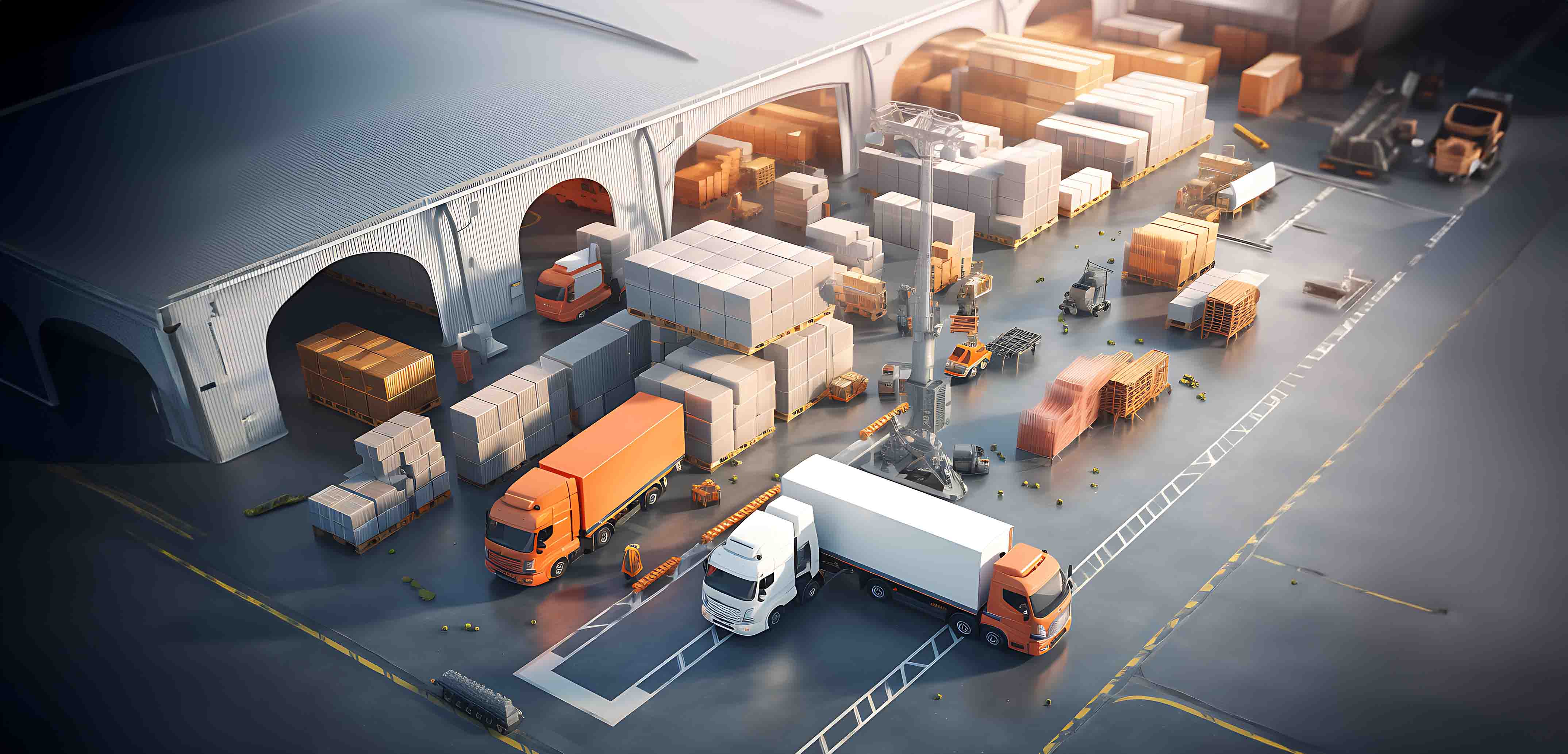
Logistics in the Season of Celebrations
Logistics in the Season of Celebrations
In India, the wedding season typically starts in November and continues with celebrations flowing into December and beyond. As per the Confederation of All India Traders, this period is expected to witness around 38 lakh weddings, potentially contributing an impressive Rs 4.74 lakh crore to the economy. This projection not only exceeds the figures from the previous year which saw 32 lakh weddings and Rs 3.75 lakh crore in trade but also underscores the pivotal economic role that weddings play in India.
Alongside all the joy, there's a lot happening behind the scenes. The demand for things like wedding outfits and decorations is going up, and the logistics industry is working hard to make sure everything gets where it needs to be on time. In times of heightened demand, the risk of errors and delays looms large. However, by proactively addressing operational gaps, one can mitigate these challenges and pave the way for seamless fulfilment of demand within stipulated timelines. Now let’s look into a few solutions that can help us minimise gaps and delays.
How to Overcome Peak Season Challenges?
Demand Forecasting & Inventory Optimization
Wedding-related purchases, such as clothing, jewellery, gifts, and decorations, experience a significant uptick during the wedding season. Logistics providers may face higher demand for transporting these items from manufacturers to retailers and then to consumers. Employing advanced demand forecasting tools and inventory optimization strategies to anticipate and meet the increased demand for wedding-related goods can be helpful. This ensures efficient management of inventory levels, minimising the risk of stockouts or overstock situations.
Collaborative Supply Chain Platform
Many wedding-related purchases are often made closer to the event date. This last-minute rush can strain logistics systems, particularly in terms of timely deliveries and managing sudden spikes in order volumes. Leverage collaborative supply chain platforms that enable effective communication and coordination among suppliers, manufacturers, and retailers. This ensures streamlined processes and reduces delays in the transportation of wedding-related products.
Dynamic Route Planning
Wedding venues, catering services, and event planners may experience a surge in demand, impacting logistics for coordinating and transporting necessary supplies and equipment to support these events. Implement dynamic route planning solutions to handle last-minute rushes effectively. This not only ensures timely deliveries but also enables one to save fuel costs.
Real-Time Visibility
With a surge in demand, maintaining real-time visibility across the supply chain becomes crucial. Lack of visibility can result in difficulties in anticipating and addressing potential logistics issues promptly. Enhance coordination by utilising technology solutions that facilitate real-time tracking of supplies and equipment. This ensures seamless transportation and timely delivery of essential items.
Seasonal Workforce Management
Implement workforce management solutions to address peak season labour constraints. This involves efficiently managing temporary staff, including delivery personnel and warehouse workers, to meet the heightened demand during the wedding season. Utilise advanced analytics and supply chain visibility tools like AI dashcam to gain real-time insights.
AI dash cams are revolutionising road safety with their ability to provide real-time analysis of driving behaviour. From enhancing accident prevention through predictive analytics to offering invaluable evidence in legal disputes, AI dash cams serve as vigilant digital co-pilots, ensuring safer journeys and improved accountability on the roads. This proactive approach enables quick identification and resolution of potential logistics issues, ensuring a smooth flow of goods during peak demand periods.
Final Thoughts
During the wedding season, the logistics industry is likely to have a great profit margin. Specific challenges due to a surge in demand may impact its operations but one needs to understand that almost all operational challenges can be overcome with the right technology. By integrating tech solutions, one can navigate the challenges posed by the wedding season and also capitalise on the opportunities to enhance customer satisfaction and efficiency.